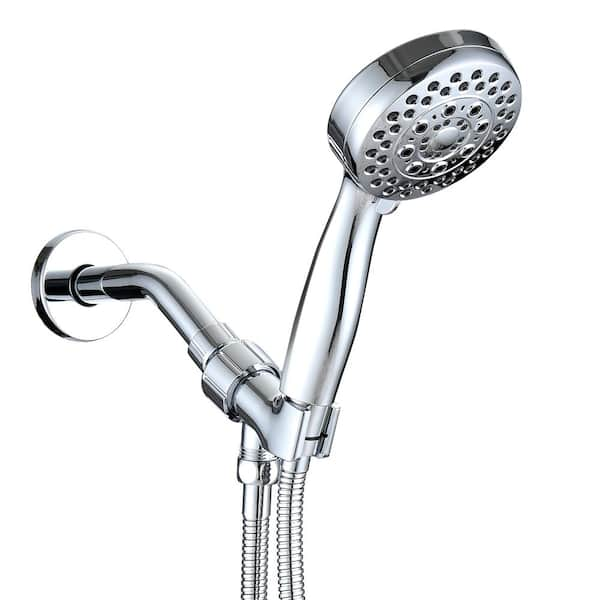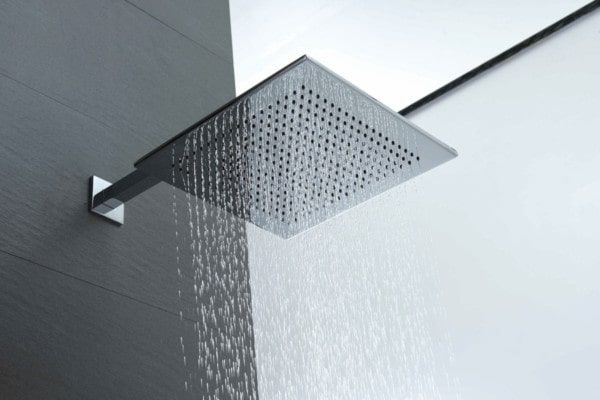When it comes to bathroom fixtures, the showerhead is often overlooked. However, it plays a crucial role in your shower experience, affecting everything from water pressure to the overall comfort of your bathing routine. With numerous styles and features available, selecting the right showerhead can be overwhelming. In this article, we’ll break down the different types of showerheads and help you determine which one is best suited for your needs.

1. Fixed Showerheads
Overview
Fixed showerheads are mounted to the wall and provide a stationary stream of water. They are available in various styles and designs, making them versatile for different bathroom aesthetics.
Pros
- Consistency: Fixed showerheads offer a steady flow of water.
- Low Maintenance: They typically require less maintenance than other types.
- Variety: Available in various styles, finishes, and spray patterns.
Cons
- Limited Adjustability: You cannot easily change the direction of the water flow.

2. Handheld Showerheads
Overview
Handheld showerheads are attached to a flexible hose, allowing you to remove them from their mount for greater maneuverability. They are ideal for rinsing off and targeting specific areas of the body.
Pros
- Flexibility: Great for washing hair, cleaning the shower, and assisting individuals with mobility challenges.
- Easier Cleaning: You can direct the water where it’s needed for effective cleaning.
- Adjustable Settings: Many come with multiple spray settings.
Cons
- Potential for Leakage: The hose can be prone to leaks if not properly maintained.

3. Rain Showerheads
Overview
Rain showerheads mimic the sensation of natural rainfall, providing a gentle and soothing shower experience. They are typically larger and mounted to the ceiling or wall at a higher position.
Pros
- Luxurious Experience: The wide spray pattern creates a spa-like atmosphere.
- Even Coverage: Ensures an even distribution of water over the body.
- Aesthetically Pleasing: Often designed to be a focal point in the bathroom.
Cons
- Water Pressure Dependence: May require high water pressure to function optimally.
- Installation: Can be more complex to install than traditional showerheads




